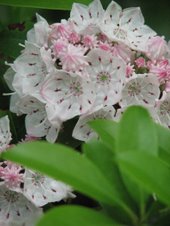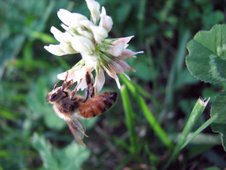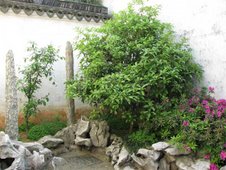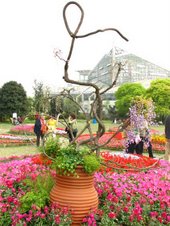This spring I’ve been growing small seedlings by planting seeds in dirt in small containers, which I place in a sunny location in my house. After they have grown two sets of leaves, I transplant them to a larger pot. I’ve found “CowPots” perfect for my seedlings. These pots are made from composted cow manure. When the seedlings are ready for transplanting to your garden, place the “CowPots directly into the soil. Therefore, the roots are not damaged by removing the plant from a pot. The young plant roots easily penetrate the sides and bottom of the pot. As the composted manure biodegrades, the seedling is fertilized from the manure.
“CowPots” come in two different sizes, 4 inch or 2 inch. I bought these at Southern States. Oh and they don’t smell!
Mulch improves the appearance of our gardens. The other reason to mulch is to protect plants, conserve water, suppress weeds, and nourish soil. Mulch is an organic substance which is a by-products of forest harvesting. Best not to use mulch until it has begun to decompose. After I receive wood chips from a cut tree, I wait a year or so before using the pile of chips. As mulch ages, it becomes darker in color.
For acid loving plants, like azaleas and rhododendrons, use a mulch that releases acid, such as pine straw or pine bark. Hardwood mulches tend to become alkaline and are good for most other plants.
Do not use mulch which is made from recycled wood pallets and woody construction debris which has been dyed or stained. The dyes and stains will leach into your soil.
Apply mulch in 3 to 5 inches layer on your garden. Do not place mulch directly to base of plants. Especially, do not place against tree or shrub trunks because it can cause basal rot. Replenish mulch when there‘s one inch or less or it. Usually top off every year.
Monday, May 24, 2010
Friday, May 7, 2010
Prevent Slugs from Eating Your Plants
Earth Day has passed. I had planned to write in this blog to celebrate, but I’m fighting auto-immune diseases and some days/weeks just sleep away.
Are slugs eating your plants? An improvement over the dish of beer in your garden is a 16oz plastic container with lid. Cut holds in upper 1/3 side of the container. Bury up to the bottom edges of the holes. This prevents the container from being knocked over. Add beer and place on lid. The lid prevents evaporation and dilution by rain. I've drowned in beer more than 50 slugs last month and my plants thank me.
Are slugs eating your plants? An improvement over the dish of beer in your garden is a 16oz plastic container with lid. Cut holds in upper 1/3 side of the container. Bury up to the bottom edges of the holes. This prevents the container from being knocked over. Add beer and place on lid. The lid prevents evaporation and dilution by rain. I've drowned in beer more than 50 slugs last month and my plants thank me.
Subscribe to:
Posts (Atom)






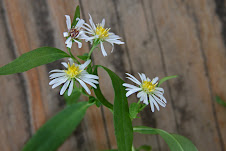












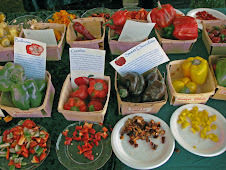LP_gardening_2666.jpg)
LP_gardening_2668.jpg)

LP_garden_2819.jpg)

LP_flower_0563.jpg)
LP_flower_0577.jpg)
LP_flower_0545.jpg)
LP_flower_0555.jpg)
LP_flower_0539.jpg)
LP_dog_0470.jpg)
LP_snow_0467.jpg)
LP_dog_0349.jpg)
LP_tree_8153.jpg)
LP_5028.jpg)
LP_flowers_3940.jpg)

LP-grass_0889.jpg)
LP_redfox_1651.jpg)
LP_squirrel_6978.jpg)
LP_flower_6936.jpg)
LP_squirrel_6864.jpg)
LP-deer_4773.jpg)
LP_4521.jpg)
LP_1251.jpg)
LP_4585.jpg)
LP_3784.jpg)
LP_3759.jpg)
LP_3811.jpg)
LP_3816.jpg)
LP_3847.jpg)
LP_0870.jpg)
LP_4183.jpg)
LP_0891.jpg)
LP_3175.jpg)
LP_3577.jpg)

LP_3068.jpg)
LP_3058.jpg)
LP_3562.jpg)
LP_0118.jpg)
LP_3407.jpg)
LP_3150.jpg)
LP_3011+(2).jpg)
LP_3020.jpg)
LP_2830.jpg)
LP_2782.jpg)
LP_2828.jpg)
LP_1746.jpg)
LP_2648.jpg)
LP_2666.jpg)
LP_2668.jpg)
LP_2493.jpg)
LP_2611crop.jpg)
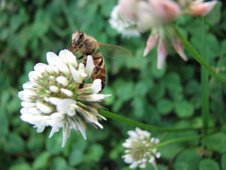
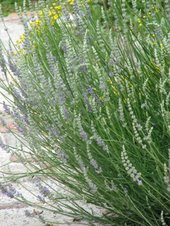
LP_2588.jpg)

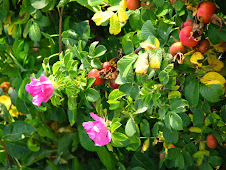
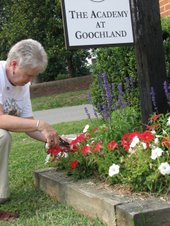


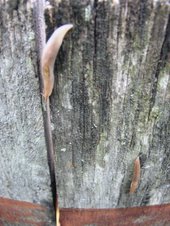
LP_2126.jpg)
LP_2122.jpg)
